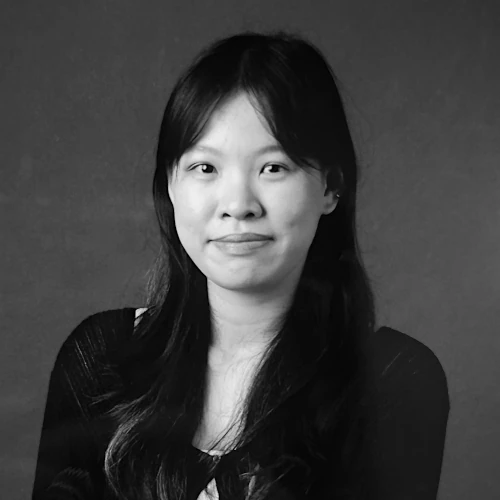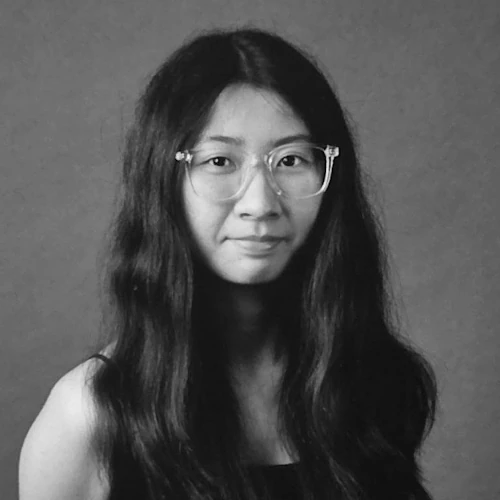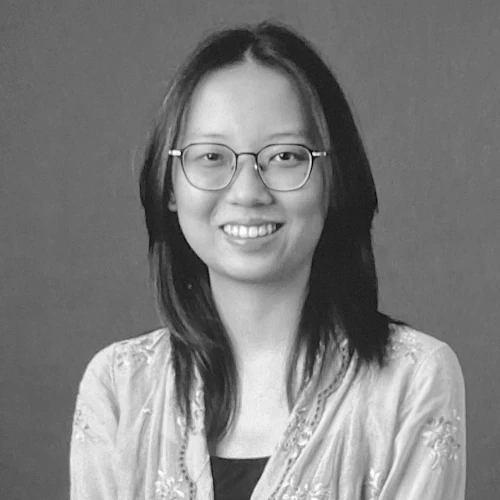Hallyu through the Eyes of Generation Z
Non-Korean Hallyu Ambassadors:
How Foreign Influencers Enhance Cross-Cultural Hallyu Circulation
This research investigates the role of foreign influencers in mediating and representing Korean popular culture on social media platforms, focusing specifically on the YouTube channel Korean Englishman. The channel is run by Joshua Daryl Carrott (Josh) and Oliver John Kendal (Ollie), who share their adventures in Seoul to introduce their British friends and family to various aspects of Korean culture. While the Korean Culture and Information Service (KOCIS), an affiliated organisation of the Ministry of Culture, Sports and Tourism in South Korea, has only recently launched its K-influencer Academy, Korean Englishman started back in 2013, now accumulating more than 6 million subscribers and reaching up to 2.4 billion views. With such impressive examples of foreign non-state and non-official ambassadors promoting Korean culture abroad, the Korean government's efforts to incubate and groom aspiring foreign influencers seem to be a quite overdue effort to boost their soft power through social media. Employing content analysis, this research aims to explore the phenomenon of non-Korean social media influencers, and assess their role and impact on Hallyu consumption in cross-cultural contexts.
From Entertainment to Diplomacy:
Evolution of the K-Pop Idols Media Image in the Past Three Decades
Traditionally, Korean society distinguished between high and popular culture, with celebrities often viewed as mere entertainment figures. However, the global success of Korean pop culture in the past thirty years has elevated celebrities' status, with the media now portraying them as "cultural ambassadors" of South Korea. This research explores the evolution of local media representation of Korean idols from the late 1990s to 2024, particularly focusing on changes in perceptions of their social and political status, behavioural expectations, and their influence power at home and abroad. Employing content analysis, this research tracks the transformations of K-celebrities media representation in the coverage of the Korea Times. This is Korea's first English-language daily newspaper, which positions itself as an independent news channel covering the geopolitical situation surrounding the Korean Peninsula for its global audiences. Exploring Korean Times's extensive Hallyu coverage, the research reveals transformational metamorphoses in media portrayal of K-Pop idols, shaping up and reflecting back on broader societal changes in South Korea in the past decades.
Crafting Mega K-pop Idol Identity:
Demystifying BTS Astronomical Global Success
BTS (also known as Bangtan Sonyeondan or 'Beyond the Scene') is a Grammy-nominated South Korean K-Pop group that has captured the hearts of millions of fans globally since its debut in June 2013. The group currently has 75.4 million followers on Instagram and around 26 million monthly Spotify listeners. This research explores the development of the BTS global brand identity from their inception in 2013 to 2022 before their military enlistment. Exploring major shifts in the K-pop industry as well as analysing global trends in a wider international music ecosystem, the research captures the BTS growth as a mega-popular K-pop group on the global stage that successfully navigates various external and internal factors shaping its brand identity. Employing content analysis, the research unveils temporal transformations in BTS preferences for music genres across albums, significant changes in lyrics of their most popular songs as well as their visual representation to reveal complexities of crafting mega-popular idols' brand identity in the ever-changing and highly competitive global music industry ecosystem.
Entertainment Governance?
Behind the Scenes of the C-Wave Ecosystem
This research investigates the C-Wave phenomenon, a recent surge in the popularity of Chinese creative industry products, particularly in music, drama, and entertainment shows, across mainland China, Hong Kong, and Taiwan. Despite China's well-known strict censorship regime, which exerts control over domestic and foreign content alike, this research offers a more nuanced understanding of the complex regulatory landscape in the Chinese creative industry ecosystem. Specifically it identifies and examines the interplay between top-down governmental control and the influence of other entertainment industry stakeholders, including the public, in the development of entertainment industries policies and regulations. By analysing public discourses emerging within fan communities in social media, the research draws on three case studies of powerful civil society advocacy campaigns to explore their role in shaping and defining the National Radio and Television Administration's regulations in the China entertainment industry.



